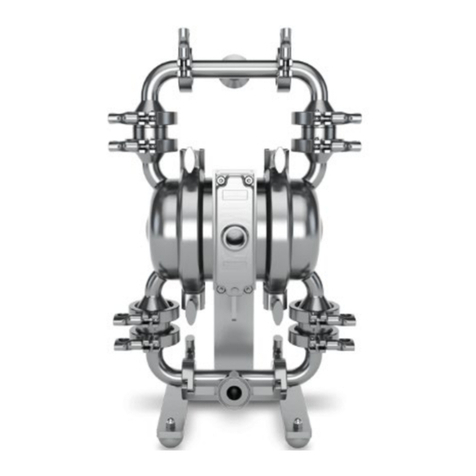Dover Wilden Advanced P400 Instruction Manual
Other Dover Water Pump manuals
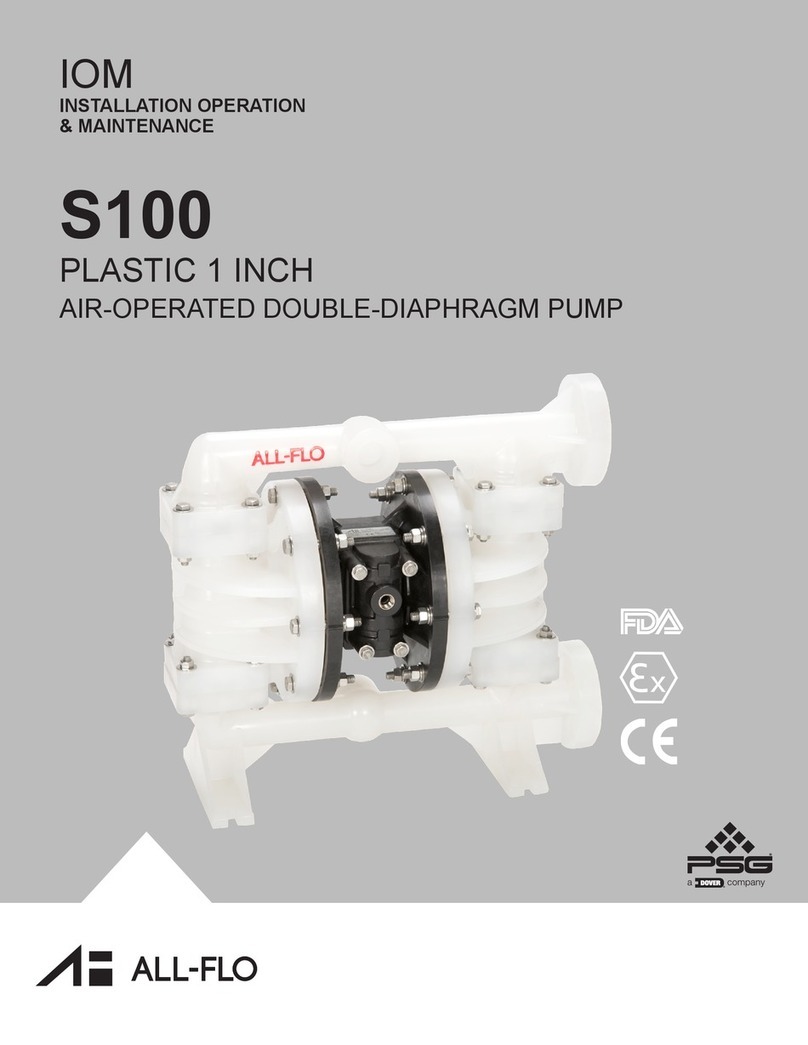
Dover
Dover PSG ALL-FLO S100 Owner's manual

Dover
Dover WILDEN PRO-FLO P1 Series Instruction Manual
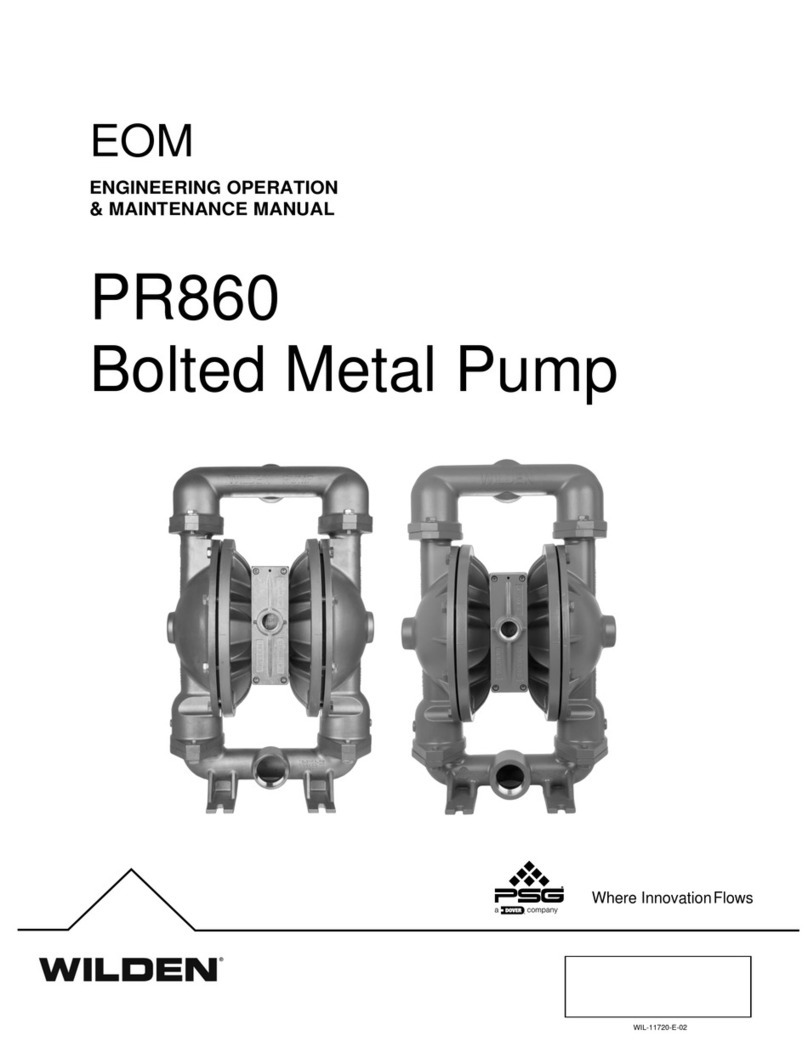
Dover
Dover PSG WILDEN PR860 Manual
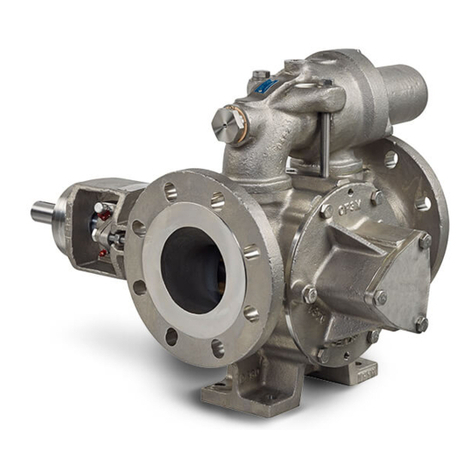
Dover
Dover PSG Mouvex P BA Series Specification sheet
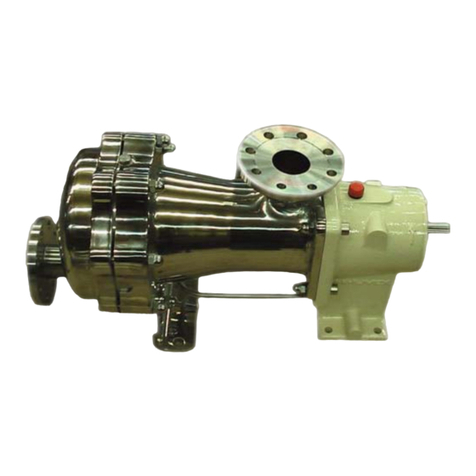
Dover
Dover Mouvex SLC24 Owner's manual

Dover
Dover PSG Wilden SANIFLO H1500 HYGIENIC Series User manual
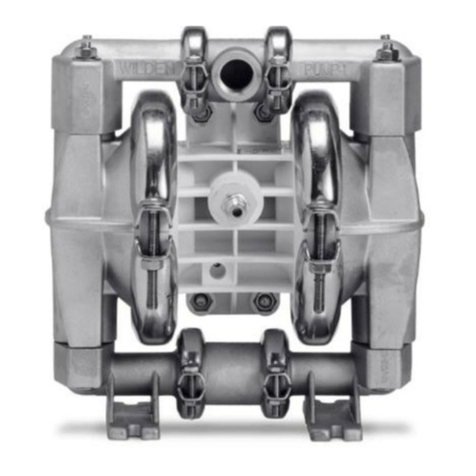
Dover
Dover WILDEN A1 Series Instruction Manual
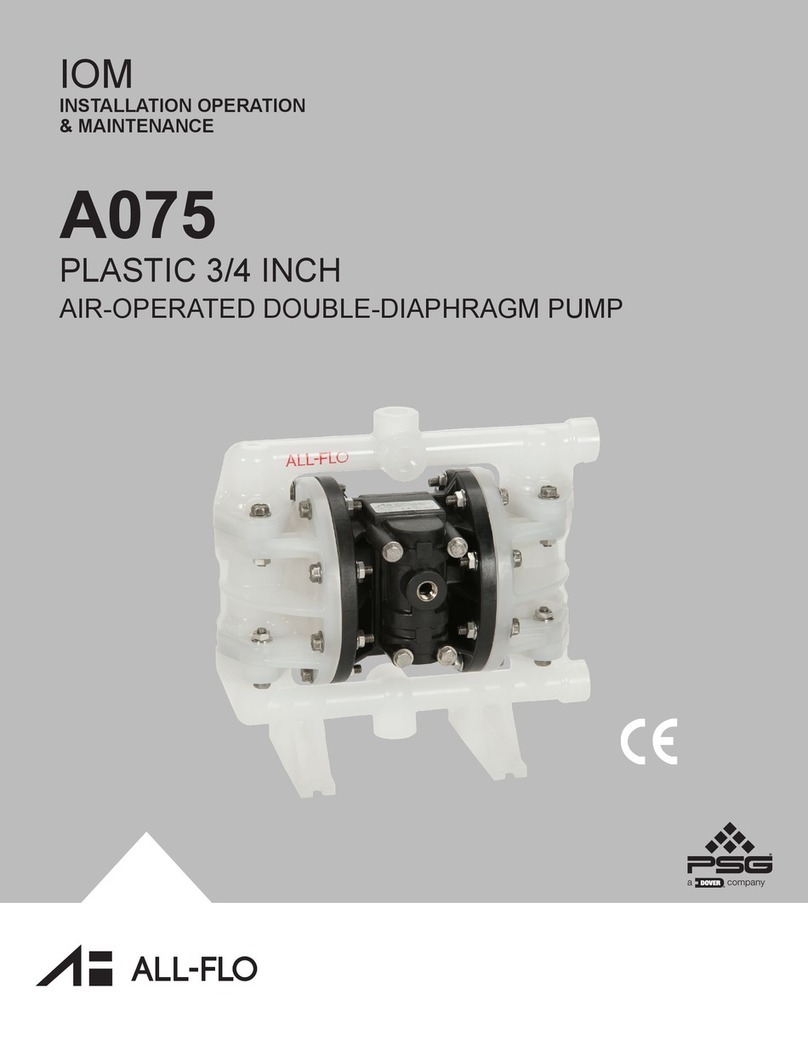
Dover
Dover PSG ALL-FLO A075 Manual
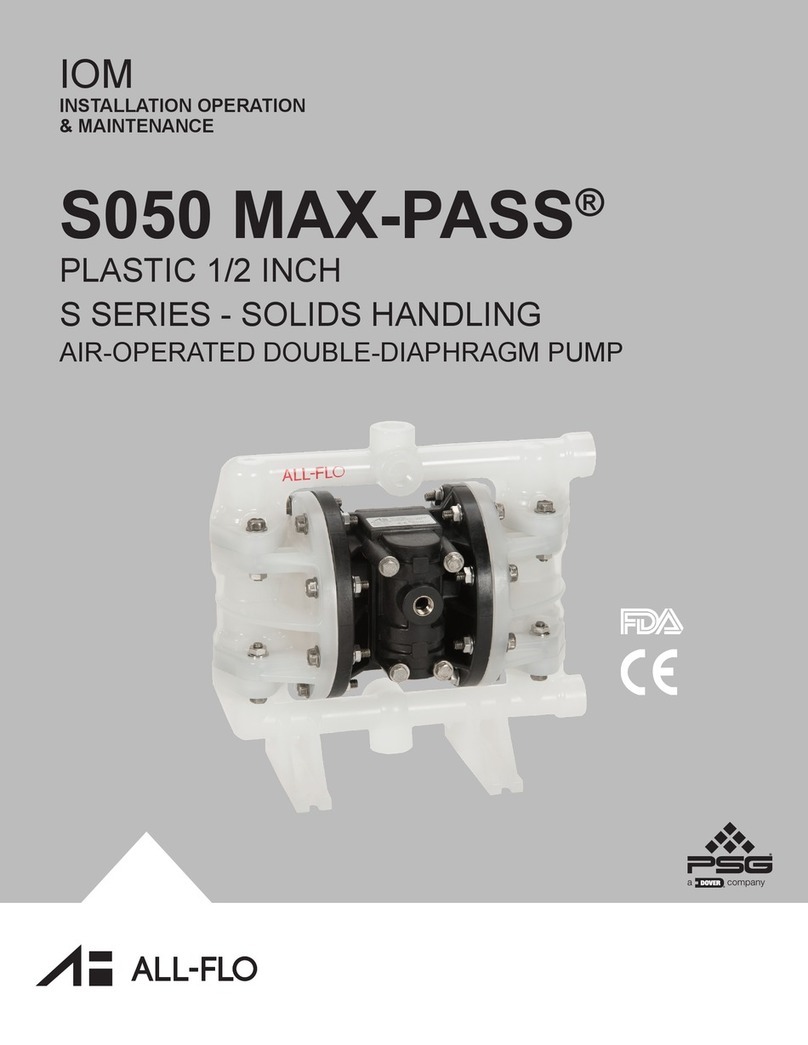
Dover
Dover PSG ALL-FLO MAX-PASS S Series Manual

Dover
Dover PSG ALL-FLO All-Pur Food Grade G075 Instruction manual

Dover
Dover PSG ALL-FLO G Series Owner's manual

Dover
Dover PSG Griswold 811SP Series Instruction manual

Dover
Dover PSG Wilden Pro-Flo P220/AAPPP Installation guide
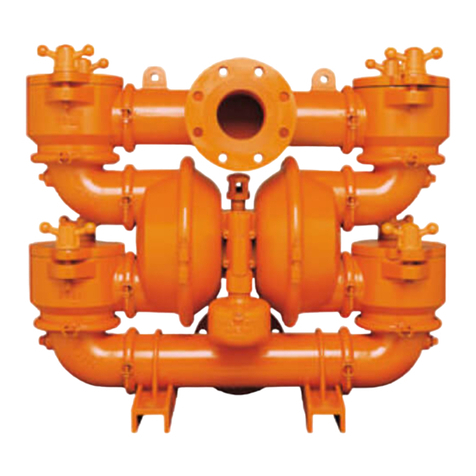
Dover
Dover WILDEN PSG T20 Instruction Manual

Dover
Dover PSG Mouvex CC10-24 Owner's manual

Dover
Dover PSG ALL-FLO A150 Instruction manual

Dover
Dover PSG Wilden PR1560 Manual

Dover
Dover PSG ALL-FLO IOM A050 Series Owner's manual
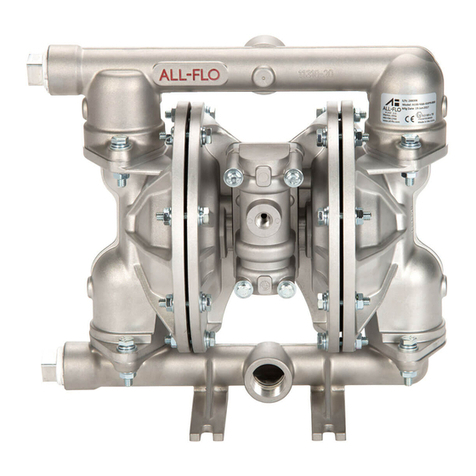
Dover
Dover PSG ALL-FLO A100 Owner's manual
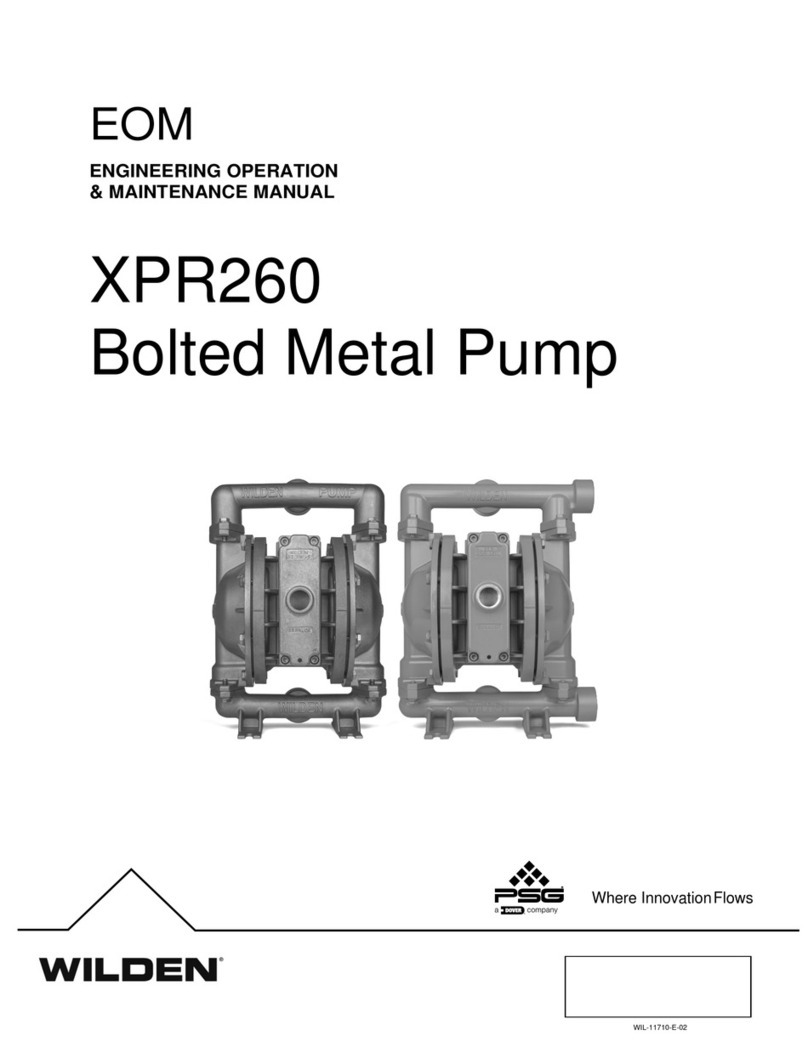
Dover
Dover PSG WILDEN XPR260 Instruction Manual
Popular Water Pump manuals by other brands

Watershed Innovations
Watershed Innovations HYDRAPUMP SMART FLEX Instructional manual

Graco
Graco Modu-Flo AL-5M instructions

Messner
Messner MultiSystem MPF 3000 operating instructions

Xylem
Xylem Bell & Gossett WEHT0311M Installation, operation and maintenance instructions

WilTec
WilTec 50739 Operation manual

Franklin Electric
Franklin Electric Little Giant 555702 HRK-360S instruction sheet

Ingersoll-Rand
Ingersoll-Rand PD02P Series Operator's manual

VS
VS ZJ Series Operating instruction

Flotec
Flotec FPZS50RP owner's manual

SKF
SKF Lincoln FlowMaster II User and maintenance instructions

Xylem
Xylem Lowara LSB Series Installation, operation and maintenance instructions

Water
Water Duro Pumps DCJ500 Operating & installation instructions

Action
Action P490 Operating instructions & parts manual

Flo King
Flo King Permacore Reusable Carbon Bag Disassembly. & Cleaning Instructions

ARO
ARO ARO PD15P-X Operator's manual

Pumptec
Pumptec 112V Series Operating instructions and parts manual

Virax
Virax 262070 user manual

Neptun
Neptun NPHW 5500 operating instructions


